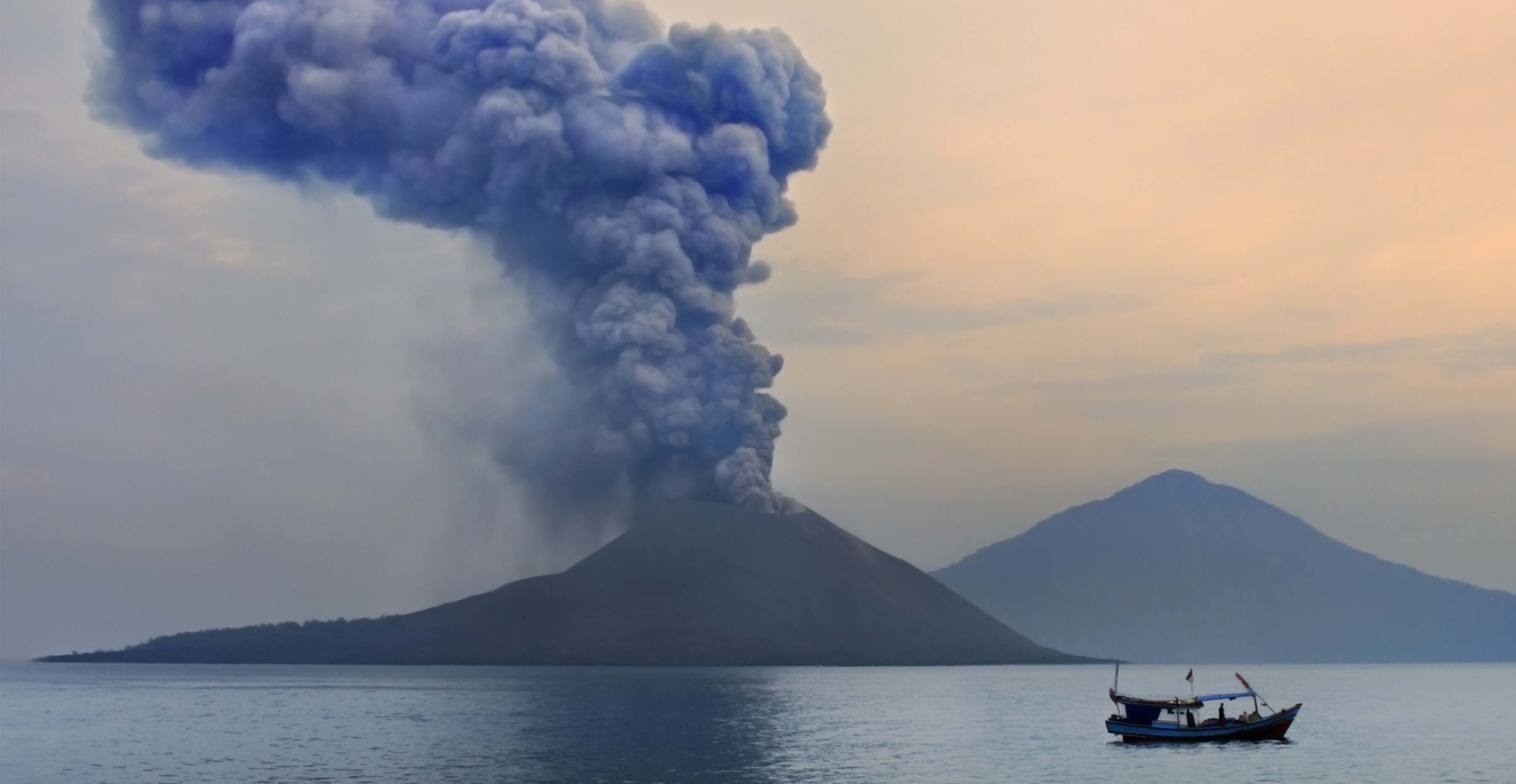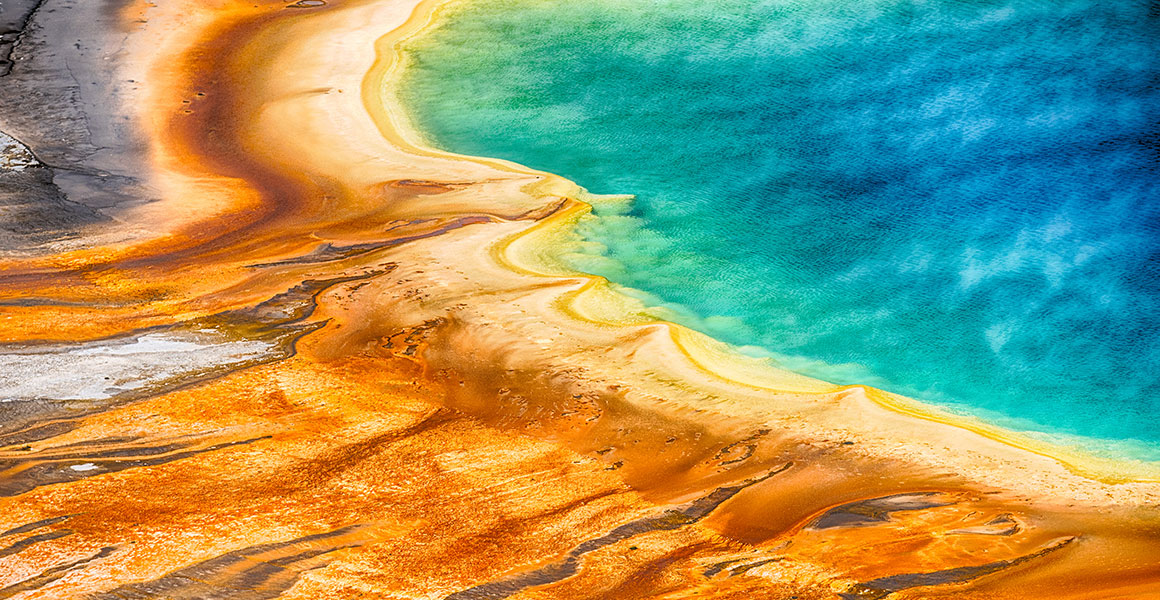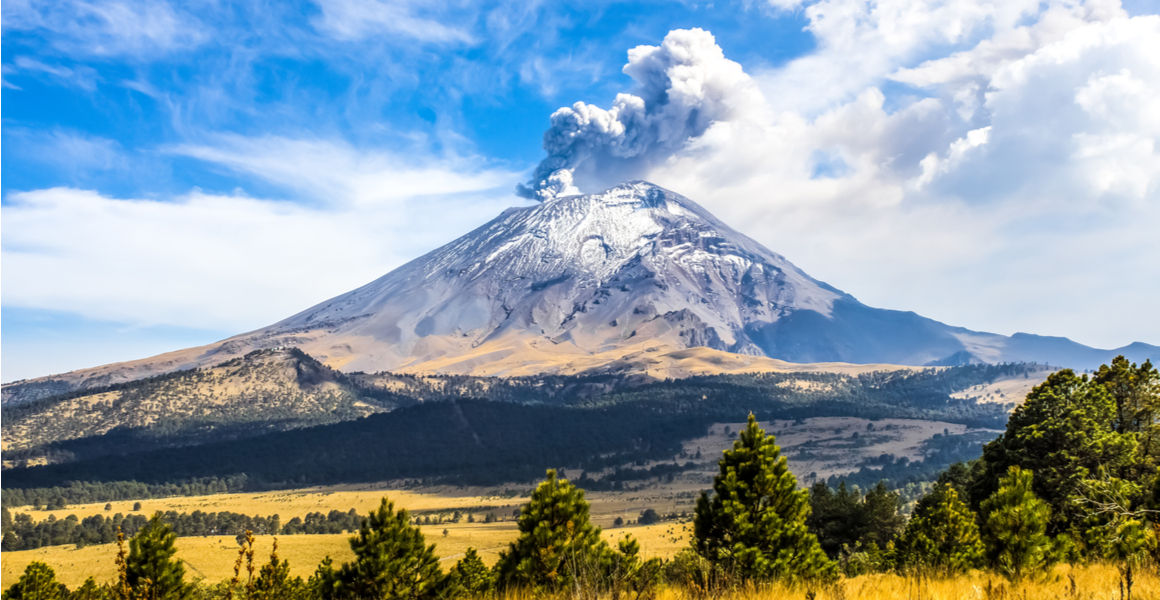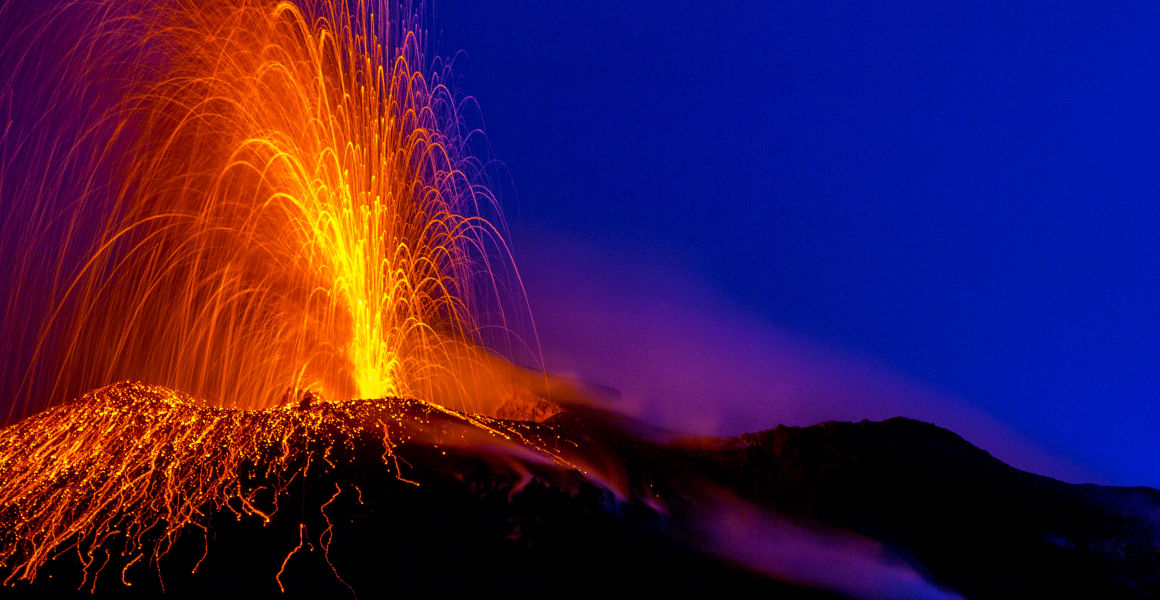August 1883 saw the world tremble with the eruption of Krakatau, a volcano in the Sunda Strait connecting the Java Sea and the Indian Ocean.

The island of Anak Krakatau, meaning ‘child of Krakatau’ in Indonesian, was born in 1927 from the crater formed by the eruption of Krakatau. © Byelikova Oksana/Shutterstock
The Krakatau eruption had an explosive force of a 200-megatonne bomb, killing more than 36,000 people and cooling the entire Earth by an average of 0.6°C for months to come.
The awakening of Krakatau in 1883 was one of the deadliest volcanic eruptions in modern history, second only to the eruption of Tambora in 1815, which killed 60,000 people.
Its effects were felt all over the globe and even seemed to reach far into the stratosphere, making the Moon appear blue at night.
The eruption released sulfur dioxide and other particles such as ash into the air. These filtered the colours of the sunlight reaching the Earth. Different colours have different wavelengths, with red being the longest, violet the shortest and the others somewhere in between, following the order of a rainbow.
The volcanic particles were smaller than a micron, which is about a hundred times smaller than the thickness of a human hair. But they were slightly wider than the wavelength of red light, so once scattered, they absorbed the red light while allowing other colours to pass through. This resulted in surreal landscapes and many blue Moons.
“The eruption of Krakatau is a striking example of the irrepressible force of nature,” says Dr Martin Mangler, a Scientific Associate at the Natural History Museum.
“Within a heartbeat, volcanic eruptions can reshape the entire planet in many different ways, blue Moons probably being the most picturesque and least dangerous.”
While the Krakatau eruption over a century ago affected the world’s climate and colour palette for many years, its results have ceased. So why do we still see blue Moons?
The answer is that other volcanoes have erupted since, and sometimes they release particles of the same size as Krakatau’s.
Some forest fires can produce the same combination of sulfur dioxide and ash, therefore having the same effect. Depending on how intense the cause is, such particles can be carried across countries and create a blue Moon for people on the other side of the world.

Explore space
Discover more about the natural world beyond Earth's stratosphere.

What on Earth?
Just how weird can the natural world be?




Don't miss a thing
Receive email updates about our news, science, exhibitions, events, products, services and fundraising activities. We may occasionally include third-party content from our corporate partners and other museums. We will not share your personal details with these third parties. You must be over the age of 13. Privacy notice.
Follow us on social media